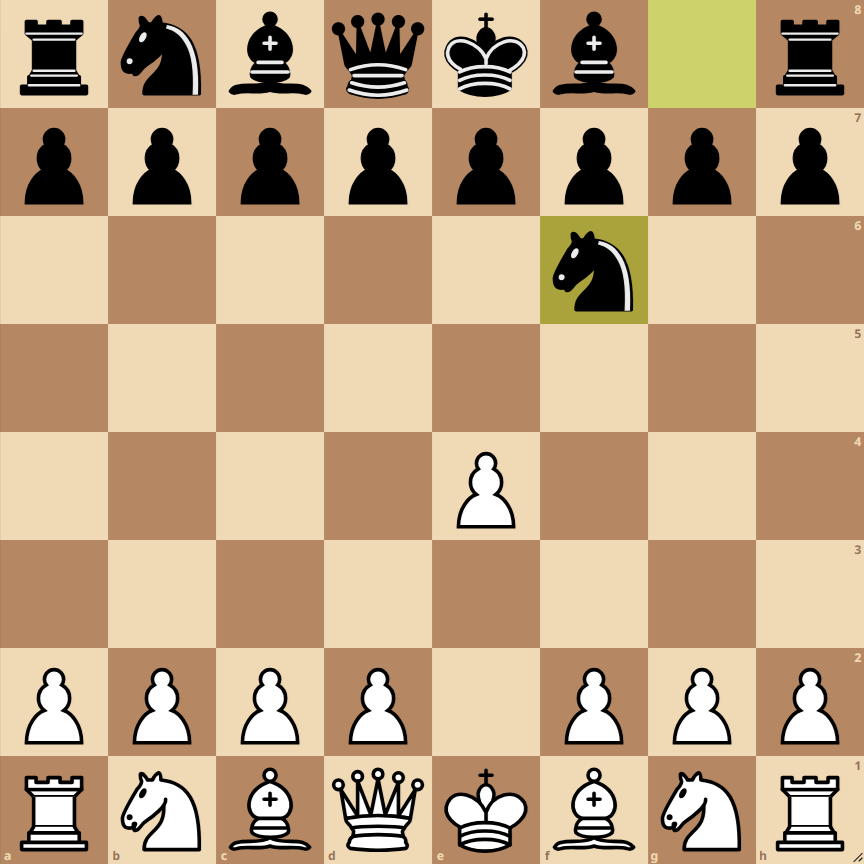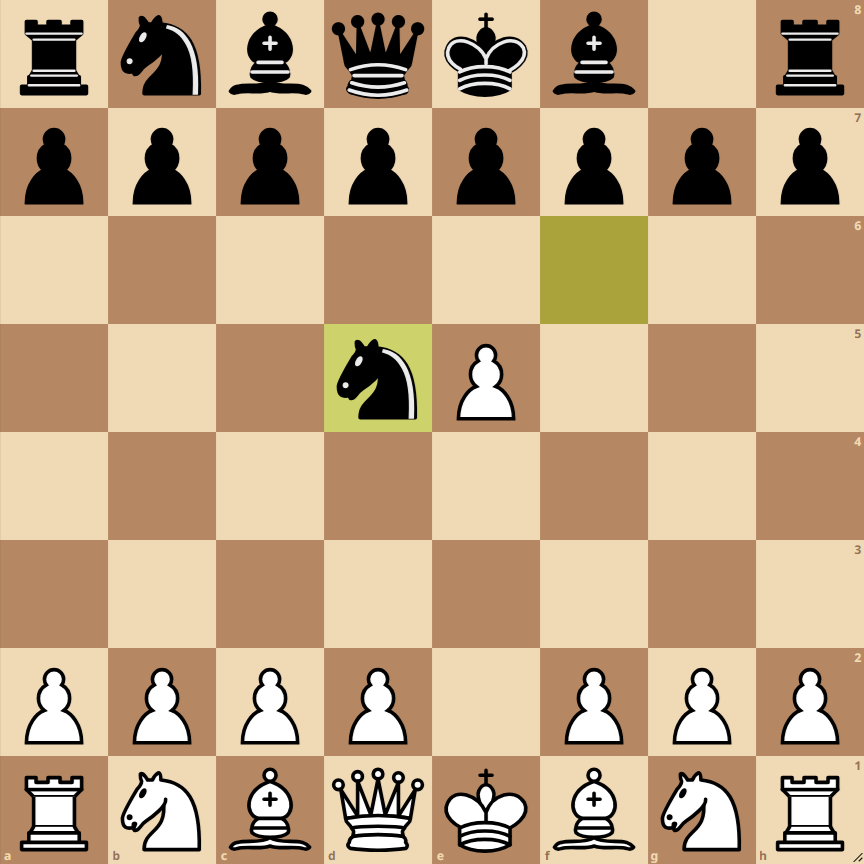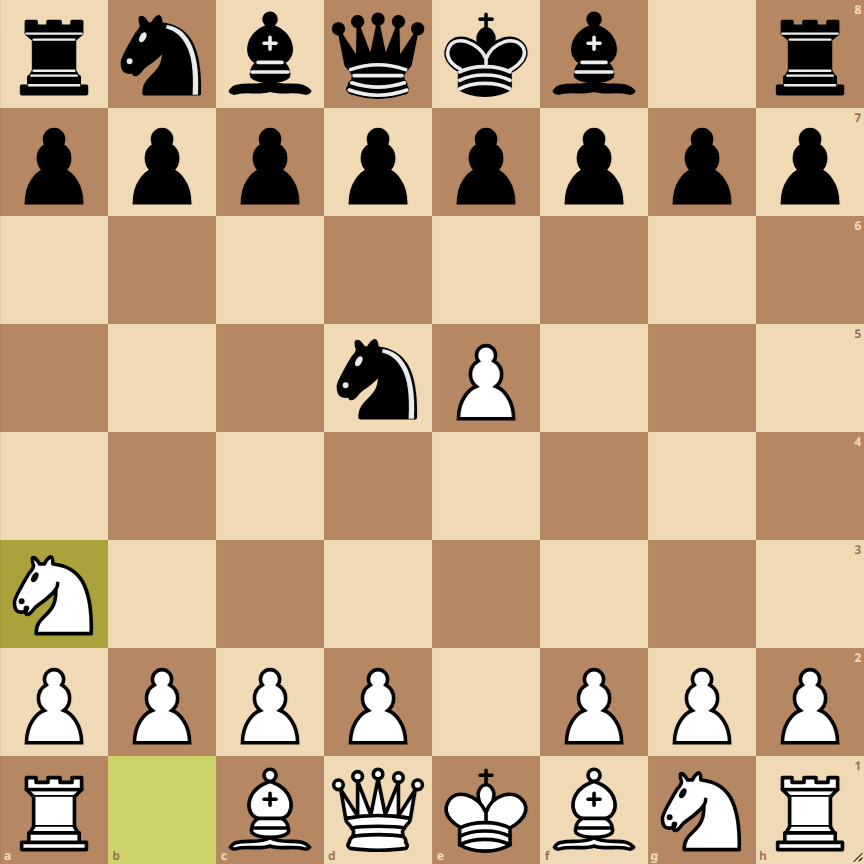How to Play the Alekhine Defense, Buckley Attack Opening


- 1. e4: This opening move, playing the pawn to e4, is one of the most popular and aggressive ones, controlling the center and preparing for the development of minor pieces.
- 1… Nf6: Black responds with the knight to f6, attacking the pawn on e4 and announcing the Alekhine Defense. This defense aims to unbalance the white center right from the start.
- 2. e5: White advances their pawn to attack the black knight, seeking to gain space and displace the knight from its central position.
- 2… Nd5: The black knight retreats to d5, maintaining pressure in the center and opening lines for the development of other black pieces.
- 3. Nc3: White develops their knight to a3, a less common move that prepares c4 and aims to pressure the knight on d5.
Variations of the Alekhine Defense, Buckley Attack Opening
Variation 1: 3. c4 Nb6
In this variation, white plays 3. c4, putting pressure on the knight on d5. Black usually responds with 3… Nb6, repositioning the knight and controlling important squares in the center.
Variation 2: 3. d4 Nc6
An alternative for white is 3. d4, strengthening the center and preparing for piece development. Black can respond with 3… Nc6, developing another piece and pressuring the pawn on d4.
Variation 3: 3. Nf3 d6
Another option for white is 3. Nf3, developing the knight to a more traditional square. Black can play 3… d6, supporting the knight on d5 and preparing the fianchetto of the bishop.

